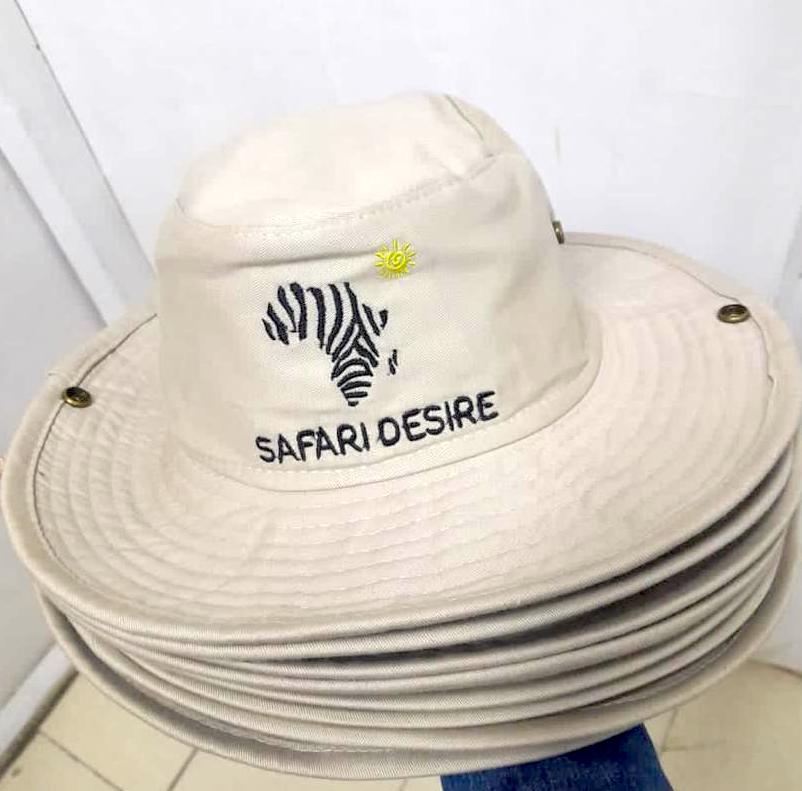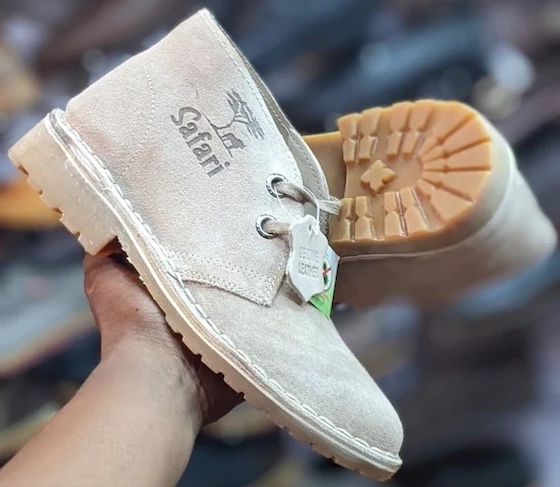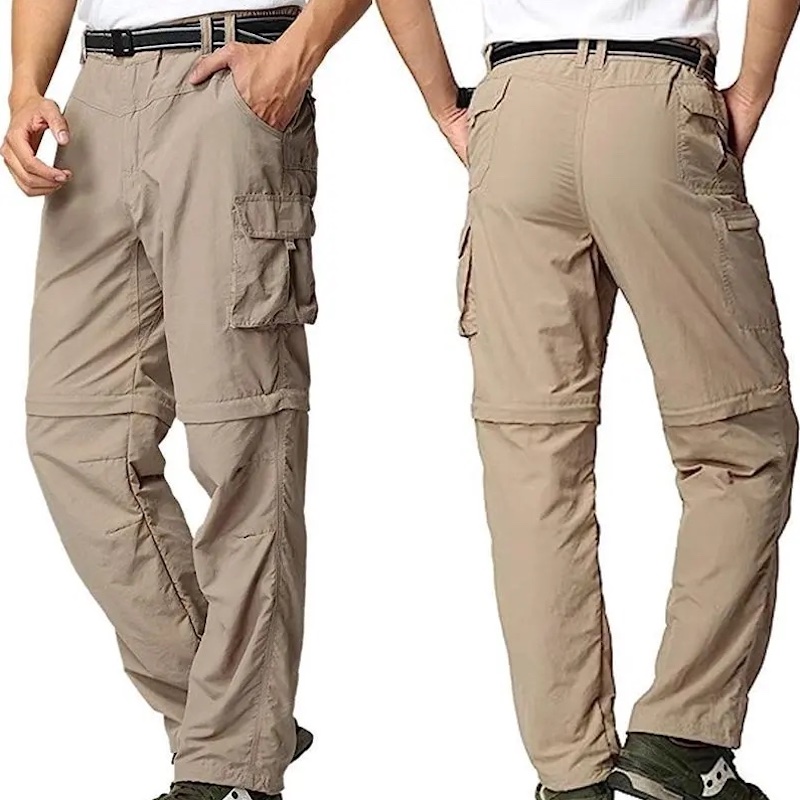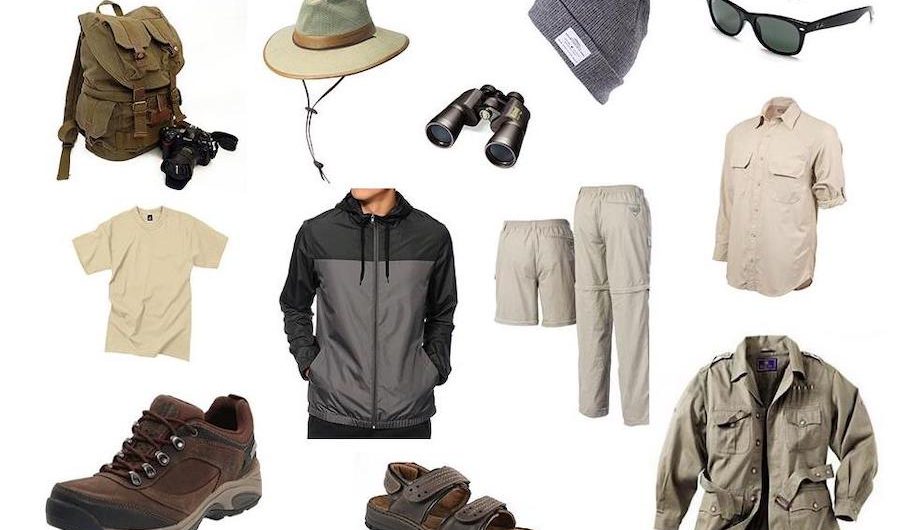Packing for a Kenya safari is an essential part of ensuring that your adventure is both comfortable and enjoyable. From the golden plains of the Maasai Mara to the arid landscapes of Samburu, Kenya offers a wide variety of landscapes and climates, making packing an essential part of your safari preparation. The right clothing and gear can mean the difference between a comfortable, enjoyable experience and one filled with minor inconveniences like sunburns, insect bites, or unexpected weather conditions.
Check out some of our sample Kenya safari packages with indicative prices for 2, 4 and 6 people travelling together. They are private tours so you can start on any date.
When packing for your safari in Kenya, you’ll need to think about the different settings you’ll encounter. Early morning game drives can be chilly, while midday temperatures can soar. You’ll be walking, sitting in vehicles, and spending time at lodges or camps, so versatility in your packing is key. From neutral-colored, comfortable clothing to practical accessories like hats and binoculars, every item has a purpose in enhancing your safari experience in Kenya.
This guide breaks down everything you need to know about packing for a Kenya safari, ensuring that you’re ready for any situation. Whether it’s protecting yourself from the hot sun, keeping bugs at bay, or simply staying organized with your gear, these recommendations will help you make the most of your Kenyan adventure.
What to Wear on a Kenya Safari?

Packing the right clothes is crucial for your safari experience. Kenya’s climate can vary depending on the season and the location, with mornings and evenings being cool, while afternoons can get hot. Therefore, it’s important to choose clothing that not only offers comfort but also protects you from the elements and wildlife.
Here are some of the essential clothing items for a Kenya safari:
Neutral, earth-toned clothing
Wearing colors like khaki, olive green, beige, or light brown will help you blend into the environment, which is essential for wildlife viewing. Bright colors can scare away animals, while dark colors like black and blue attract tsetse flies.
Lightweight, breathable fabrics
Materials like cotton, linen, and moisture-wicking fabrics are perfect for staying cool and comfortable during the heat of the day.
Long-sleeved shirts and trousers
These not only offer protection from the sun but also help keep mosquitoes and other insects at bay, especially during early morning and evening game drives.
Layered clothing
Mornings and evenings can be quite chilly, especially in higher altitudes like those found around Mount Kenya or the Maasai Mara. Packing a light fleece, jacket, or sweater is essential for staying warm during these times. Olpejeta, and Abedares can be chilly in the morning and late evenings in some months, and so is many other safari location sin Kenya.
Convertible pants
Pants that can be easily turned into shorts are highly practical, allowing you to adjust to changing temperatures throughout the day.
Sports bras (for women)
For bumpy roads and uneven terrain, a supportive sports bra can offer additional comfort during long game drives.
Swimwear
Many lodges and camps offer pools, so packing swimwear is a good idea for relaxing in between game drives. Typical program is the 3 days Masai Mara Safari where you have an option to do a morning and sunset safari with an afternoon break for lunch and swimming at your camp or lode.
Although you can still be fashionable in your dressing while on your safari in Kenya, dressing for safari is about practicality and comfort, with an emphasis on clothing that provides protection and allows you to blend into your surroundings for optimal wildlife viewing. You can buy and pack your clothing back home before travelling, but you also have an option of buying safari clothing on arrival at Nairobi, more especially if you have a free day or half day on your second day after arrival. It is however worth noting that safari wear in Africa can be expensive for a tourist.
One of the places where you can but safari wear in Nairobi includes fashion stores at The Village market located in the secure neighbourhood of Gigiri.
Essential Footwear for a Kenya Safari
Footwear is one of the most important things to consider when packing for a safari. You will be spending long hours both walking and sitting in vehicles depending on the nature of your safari itinerary, so comfort is key. Additionally, the type of terrain you’ll encounter may vary, from flat savannahs to rocky or muddy areas. Here’s what you should bring:
Sturdy walking shoes or hiking boots

Closed-toe shoes with a good grip are ideal for safaris. Whether you’re walking through the bush or stepping in and out of a safari vehicle, you’ll need shoes that can handle a variety of terrains.
Waterproof footwear
If you’re visiting during the rainy season, waterproof boots are a must. They’ll keep your feet dry and comfortable in wet or muddy conditions.
Sandals or flip-flops
For wearing around the lodge or camp, sandals are perfect. They’re easy to slip on and off, and are great for relaxing by the pool or in your tent.
Moisture-wicking socks
Safari days can be long, and having socks that keep your feet dry is crucial for avoiding blisters or discomfort. Look for socks made from materials like wool blends or moisture-wicking synthetics.
For footwear, we highly recommend Chukka boots (also referred as safari boots), which are ideal for safari terrain. Known for their comfort and durability, these boots provide excellent grip for walking on uneven ground while keeping your feet protected. Bata Kenya offers a reliable selection of Chukka boots that are both stylish and practical for a safari. They’re lightweight, breathable, and built to last through rugged conditions, making them a perfect choice for your adventure. You can explore Bata Kenya’s collection of Chukka shoes by visiting their Bata Instagram Page.
Essential Gear and Accessories for a Kenya Safari
Beyond clothing and footwear, there are a number of other items that will enhance your safari experience. These range from practical travel accessories to gear that will make sure you’re well-equipped to enjoy every moment.
Here’s a checklist of essential gear to bring along;
Binoculars
A good pair of binoculars will allow you to get up close to wildlife, even from a distance. Many safaris provide binoculars, but bringing your own ensures you have a pair suited to your needs.
Sunscreen and lip balm
The African sun can be intense, so high-SPF sunscreen is a must. Don’t forget to bring lip balm with sun protection as well.
Hat: A wide-brimmed hat will protect your face, neck, and shoulders from the sun. It’s an essential item for all-day game drives.
Sunglasses
Polarized sunglasses will reduce glare and protect your eyes from the harsh sun, especially during the bright midday hours.
Bug repellent
Mosquitoes and other insects can be an issue, especially in the evenings. Bring a strong insect repellent, preferably one that contains DEET or a natural alternative like citronella.
Travel adapter
Kenya uses the British-style Type G plug, with a 240V supply. Make sure you bring a universal adapter so you can charge your devices.
Camera gear
A camera with a good zoom lens is essential for capturing those unforgettable wildlife moments. Consider bringing extra memory cards and batteries to ensure you don’t miss a shot.
First-aid kit
While many lodges provide basic first-aid, it’s a good idea to carry your own kit with items like band-aids, antiseptic cream, pain relievers, and any prescription medications.
Travel documents
Make sure to bring copies of important documents such as your passport, visas, travel insurance, and vaccination certificates.
Also read on; the best time to visit Kenya for safari, for an experts views on the best period to travel for the best wildlife safari.
Packing Tips for Your Kenya Safari

To ensure a smooth travel experience, here are some tips on how to pack smart for your safari;
Pack light with soft-sided luggage
Many internal flights in Kenya have strict luggage weight limits (usually around 15kg), so packing light is essential. Soft-sided duffel bags are ideal, as they are easier to fit into small planes and safari vehicles.
Dress in layers
Kenya’s climate can change rapidly throughout the day. Dressing in layers ensures you’re prepared for both cool mornings and hot afternoons.
Use packing cubes
To stay organized and make unpacking easier at camp, consider using packing cubes to separate your clothing and accessories. In case you are doing a basic camping safari.
Avoid plastic bags
Kenya has banned the use of disposable plastic bags, so be sure to use reusable packing solutions such as cloth bags or eco-friendly alternatives.
Frequently Asked Questions (FAQ)
Here’s a helpful FAQ section to address some common concerns and questions safari-goers might have.
1. What colors should I wear on a Kenya safari?
Answer: It’s best to wear neutral colors like khaki, beige, and olive green. These help you blend into the environment and avoid attracting unwanted attention from wildlife. Bright colors should be avoided as they can scare animals, while dark colors attract insects like tsetse flies.
2. Do I need hiking boots for a Kenya safari?
Answer: While hiking boots are great for bush walks or trekking, most safaris involve long hours in vehicles, so sturdy walking shoes or lightweight boots are sufficient. Waterproof options are advisable if you’re visiting during the rainy season.
3. Is there a weight limit for luggage on internal flights?
Answer: Yes, most domestic flights in Kenya have a luggage weight limit of 15kg (33 lbs) per person. Soft-sided bags are preferred, as they are easier to fit into small aircraft.
4. What are the best months to go on a Kenya safari?
Answer: The best time for a safari in Kenya is during the dry seasons, from June to October and January to February, when wildlife is more concentrated around water sources. However, the Great Migration is best viewed between July and September.
5. Can I wear camouflage clothing on safari?
Answer: No, camouflage clothing is not recommended and can even be illegal in some parts of Africa. It’s commonly associated with military personnel and local authorities, so it’s best to avoid wearing it.
Packing for a Kenya safari is an essential part of ensuring that your adventure is both comfortable and enjoyable. By following this comprehensive guide, you’ll be well-prepared for the varying weather conditions, wildlife encounters, and cultural experiences that await. From neutral-colored clothing and sturdy footwear to crucial essentials like insect repellent and travel documents, having the right gear can make all the difference in your safari experience.
Whether it’s your first safari or a return trip, careful preparation allows you to focus on what really matters—immersing yourself in the stunning landscapes and unforgettable wildlife of Kenya. Don’t forget to review your checklist, pack minimally in soft-sided bags, and enjoy every moment of this incredible journey!
Ready to book your safari in Kenya or Tanzania? Get in touch with our safari specialists by filling our contact form.

